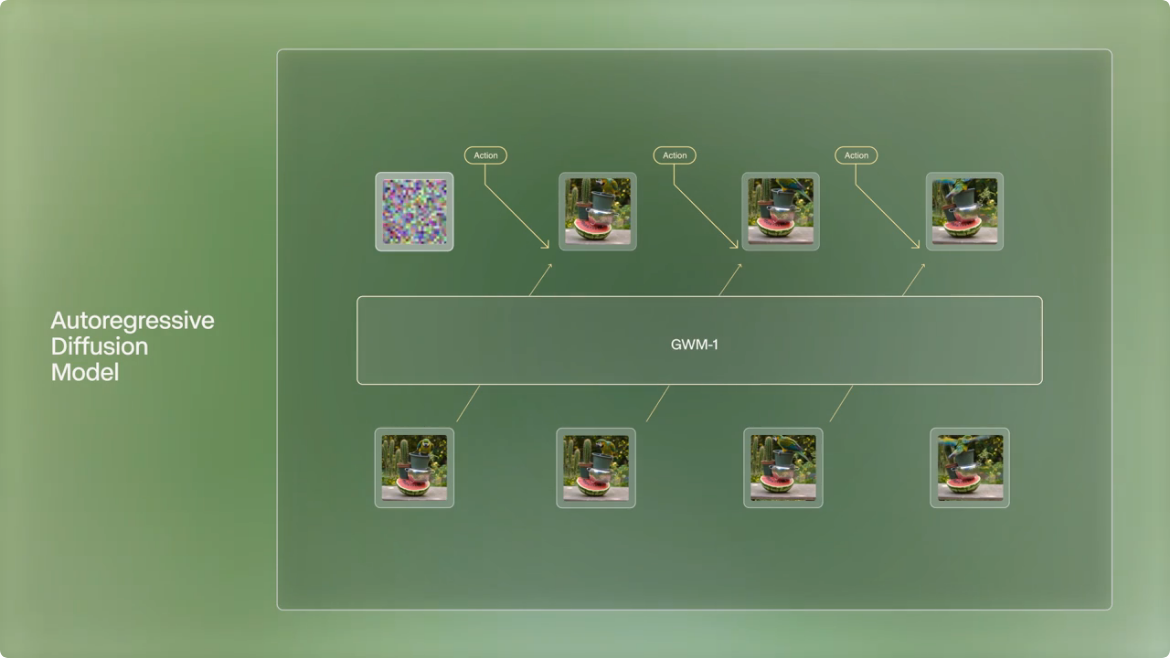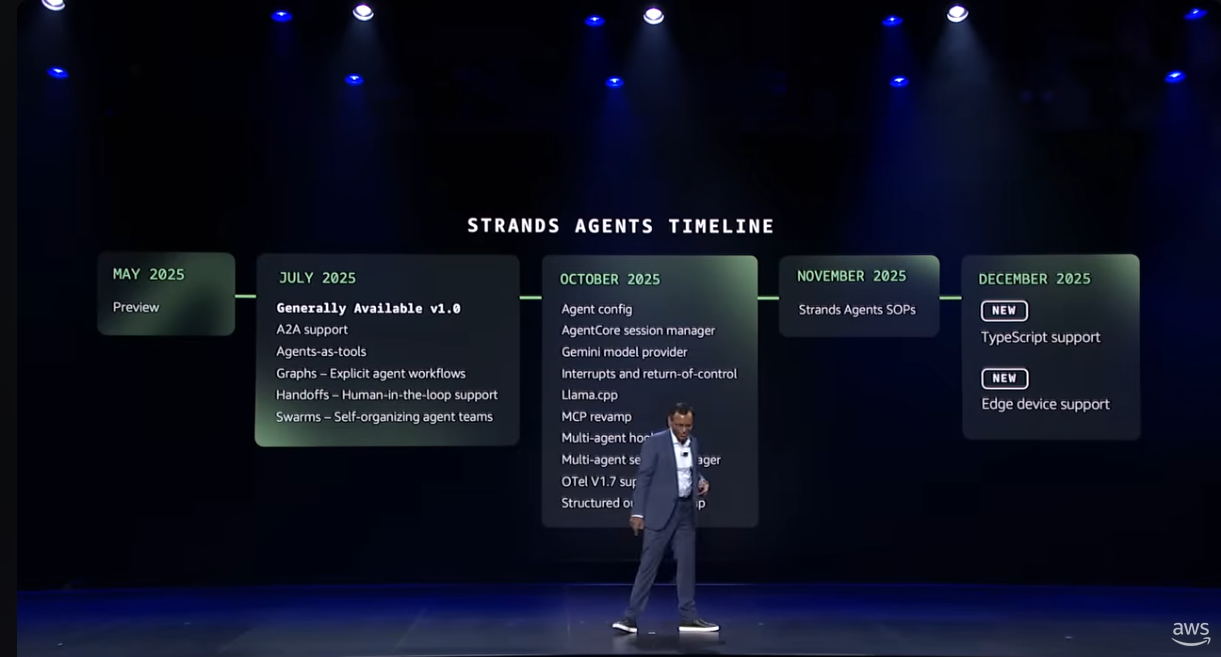It has become increasingly evident that traditional tabular databases cannot handle the demands of the AI era. As artificial intelligence advances, traditional databases struggle to keep up with complex data types like vectors, images, videos, and audio at scale. Storage is only part of the problem: retrieving one data type may be feasible using tabular databases. However, multimodality demands much more: AI-optimized databases must efficiently store and retrieve multiple complex data types in the same place.
LanceDB, a Y Combinator-backed startup, has raised $11 million in total funding, to address this issue. The company's recently publicized funding efforts include the closure of an $8 million seed funding round led by VC firm CRV and backed by Y Combinator, Essence VC, and Swift Ventures, empowering LanceDB to develop a database solution tailored to the demands of multimodal complex data types.
LanceDB can handle native object storage integration thanks to the open-source Lance columnar database format, ensuring it is optimized for the demanding AI data management and retrieval. There are three ways to get started with LanceDB: developers can embed the database within their existing backend, run it directly from a client application like a Jupyter Notebook, or deploy it as a remote serverless database. Because LanceDB separates storage from computing infrastructure, the database can be embedded directly into apps.
Renowned companies like Midjourney, Character.ai, Airtable, Tubi, Hex, and WeRide are some of LanceDB's current customers. The investment will help accelerate product development, enabling LanceDB to assist more developers as they transition their AI applications from experimentation to production.





Comments